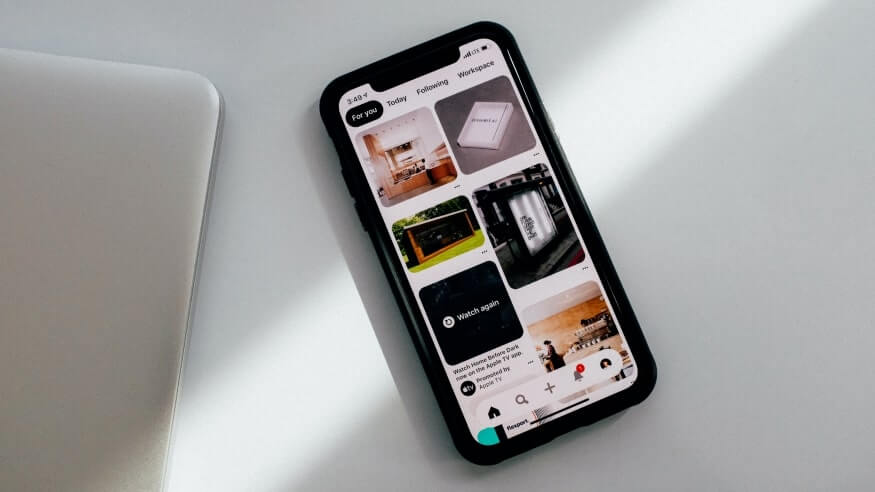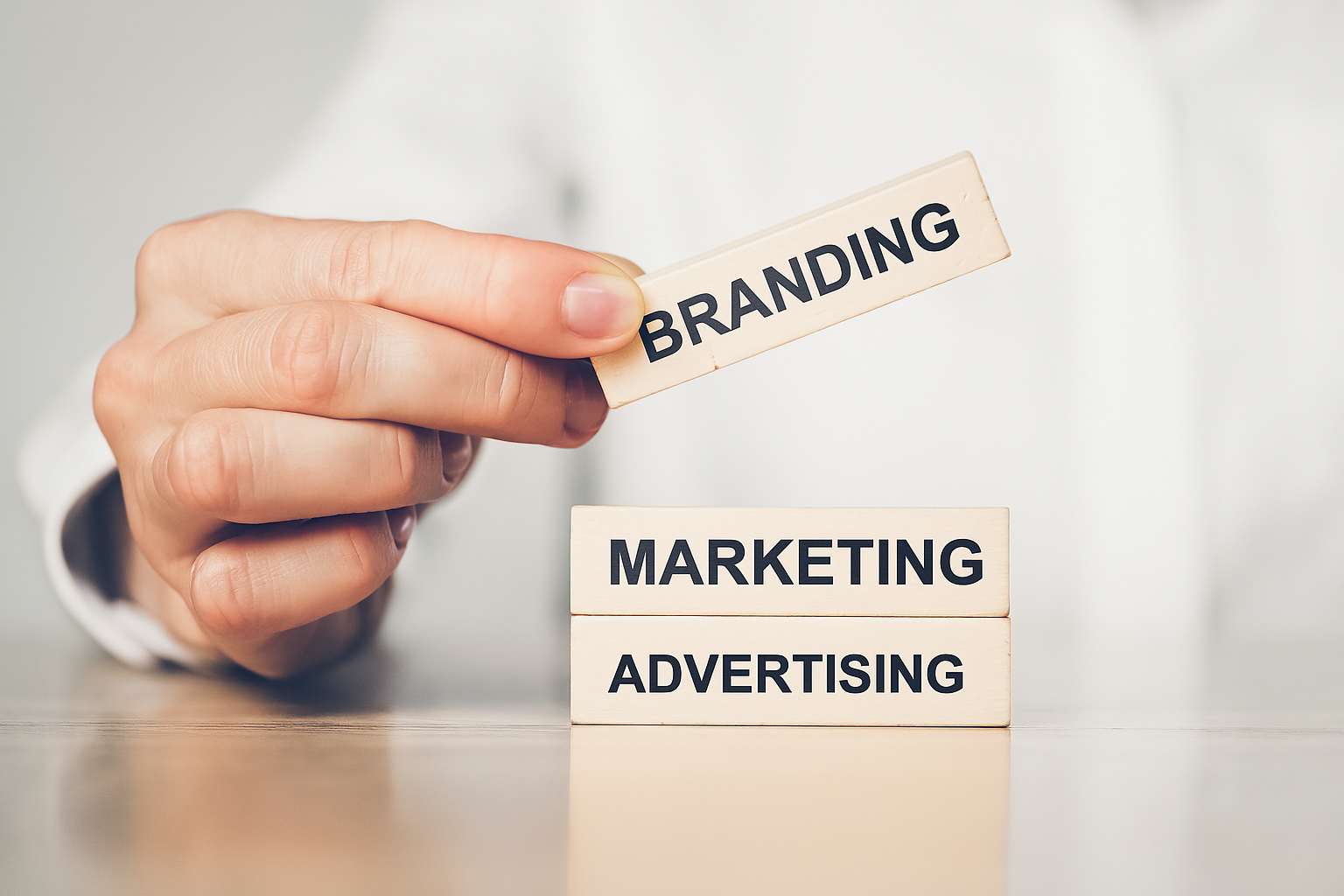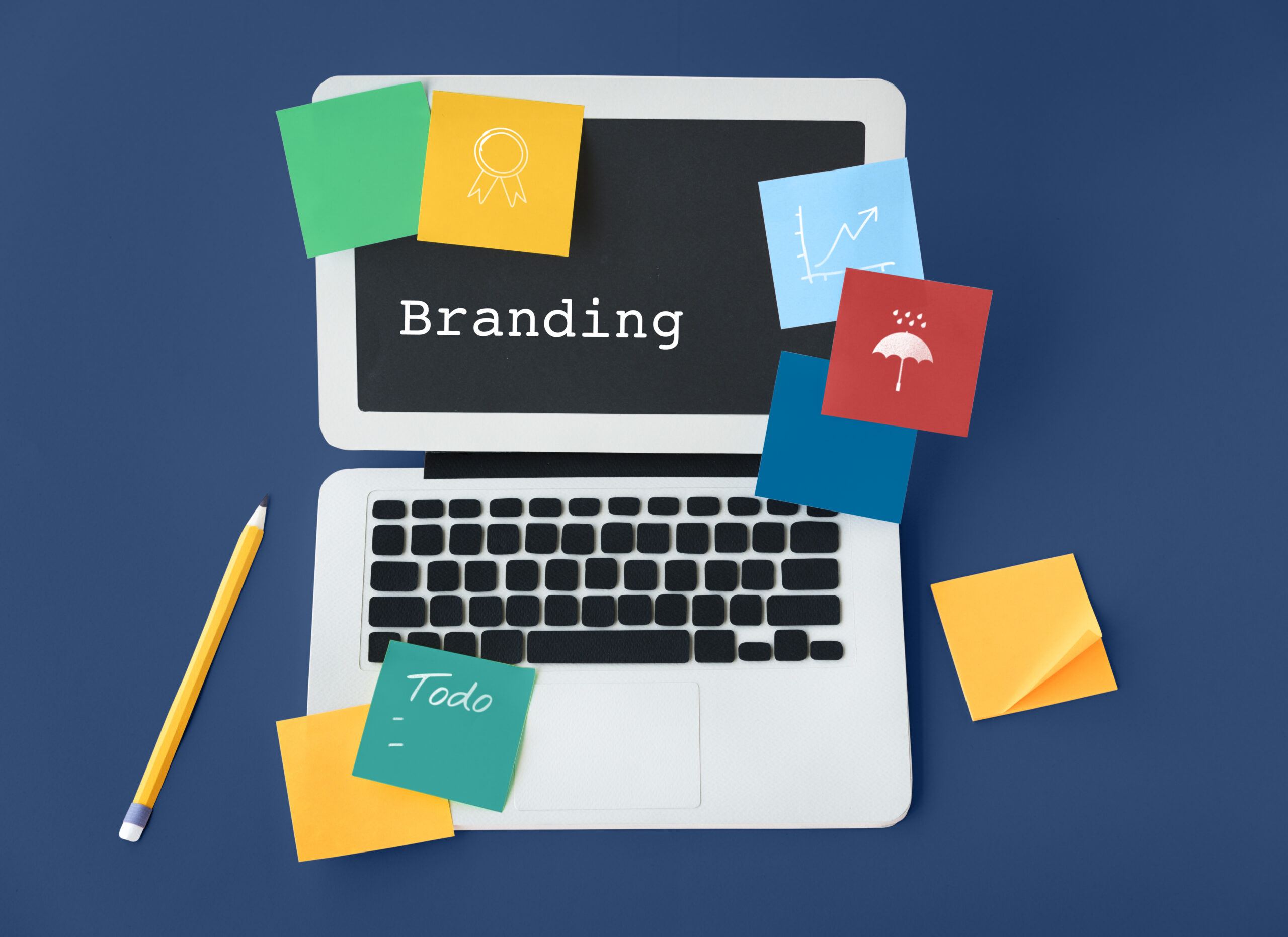If you need to buy something, how do you go about purchasing whatever it is?

First, you probably visit a few websites to browse through their products. If their UI and UX is clunky, their design dodgy, and their copy wrong, you probably go to their competitor because their website is designed better. There’s no second step for the first seller. They just lost your business.
Whether you’re selling products or services, a well-designed is an important asset you need to flaunt to attract the right customers. It takes users 0.05 seconds to form an opinion about your website, and by extension, your business. This first impression you make can result in a customer staying on your site or immediately leaving to your competitor’s. 88% of visitors who dislike your website are less likely to return — you may have lost their sales forever!
The ease of use, the ability to navigate smoothly, and the visual appeal of your website are three crucial aspects you should never skimp on. Don’t make the mistake of foregoing design to prioritize UI/UX — 94% of negative website feedback is design related!
We’ve been designing amazing websites for a while now and we specialize in providing delightful illustrations, icons, and more to make your website particularly memorable. So, we thought we’d share the 8 principles we base our website designs on to spread the knowledge!
1. Purpose
Thankfully, this doesn’t mean you need to know your life’s purpose, no.
The first (and the most basic) principle of good web design is defining a clear purpose for each page on your website — and then making sure you communicate that purpose to the consumer. We all tend to scan rather than read, which means that the content must be succinct, visually appealing, and crisp to convey the goal. If you don’t offer the consumer the right link in an easy-t0-find manner in a few seconds, they’re long gone.
2. User-friendly
Okay, so you got the potential consumer to visit your website — how are you going to convince them to stick around? Make sure your website is easy to navigate to increase its effectiveness. Users are impatient, and if the navigation is not intuitive enough, they won’t continue browsing through the website anymore.
This basically means that your website design is flawed and that your company loses potential customers due to a UI that wasn’t smooth enough. A clear structure and a few easily identifiable links go a long way in making your site architecture more easily navigable.
Pro tip: Always have a site map!
3. Visual appeal

Humans are visual creatures. We all appreciate and want to look at pretty things, so websites should be no different. You could try several approaches: minimalist, illustrative, modern — but make sure it’s uncluttered and is visually appealing. Don’t make the mistake of mixing too many design styles, the mishmash is just going to result in a website that looks like it’s too much.
Choose a good color combination that isn’t too flashy so your potential consumer isn’t easily distracted. Garish colors chosen to fit an incorrect color combination can be a real eyesore than will drive your visitors away. Use white spaces liberally in your design — they can help achieve a clean and classy look that is so popular right now!
4. Quick load times
Gone are the times of dial-up internet, where load times of several minutes were acceptable. Internet speeds have gone up, and our patience for a website to load properly has gone down.
No one is going to wait more than a few seconds for their page to load. If it doesn’t load at all, you may get a second chance while the user double-checks their Wi-Fi connection. Make sure your designs aren’t slowing down your website. Your pretty designs are useless if they don’t load on time. Reduce HTTP requests using JavaScript to optimize the size of images on your page.
5. Typography
The text copy is ultimately what conveys all the information on your website to the users, regardless of your design and page-architecture. It’s important to make your text look good — we cannot stress the importance of the right font here. Your glorious copy will be for naught if the font makes it illegible. Fonts like Arial, Verdana, and Helvetica are simple, classic, and easy on the eye — you can’t go wrong with them.
6. Spatial Separation
A useful way to effectively structure your content is to assign it to pre-defined grids. This helps you place and align all the elements on your page in an aesthetically pleasing manner. Spatial separation is important, especially when you have large chunks of information. Splitting these chunks into smaller ones and strategically placing them within sections, columns and boxes can help you achieve a clean look for your website.
7. Reading Pattern
Most people browse webpages in a typical ‘F-shaped’ pattern, with the majority of attention focused on the top and left areas of the screen. An efficient website will dispense all the necessary information while keeping this pattern in mind; left to right, and top to bottom. A well-designed website works with the reader’s inherent reading patterns.
8. Mobile Compatibility
85% of people said that they expect the mobile version of a website to be better than its desktop version. If your website isn’t optimized for an array of mobile devices, you risk losing several potential customers as smartphone users outnumber desktop users in most countries. Having a responsive layout where the icons and buttons respond smoothly to a click or swipe of the fingers determines the ease of use for a mobile user. Building a dedicated site for mobile users is the best option, but another way is to rebuild the website in a responsive layout — something incredibly easy to do with ruttl, by the way.

Mostly, the content on your website is undoubtedly the king — users will continue to use websites that have clear, concise, and useful content even if the UI & UX isn’t great. Having said that, the design of your website can make or break your business. It is the vehicle that delivers your content to the user, and you might want to consider investing in a good vehicle for better returns — viewership and customers.













